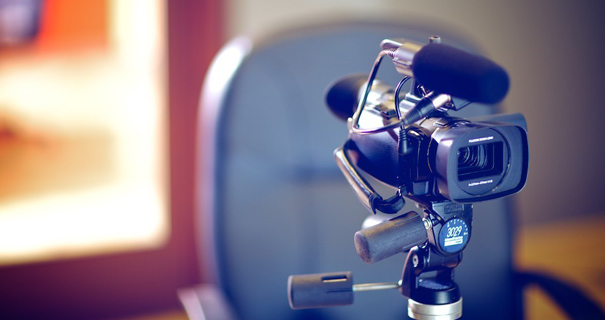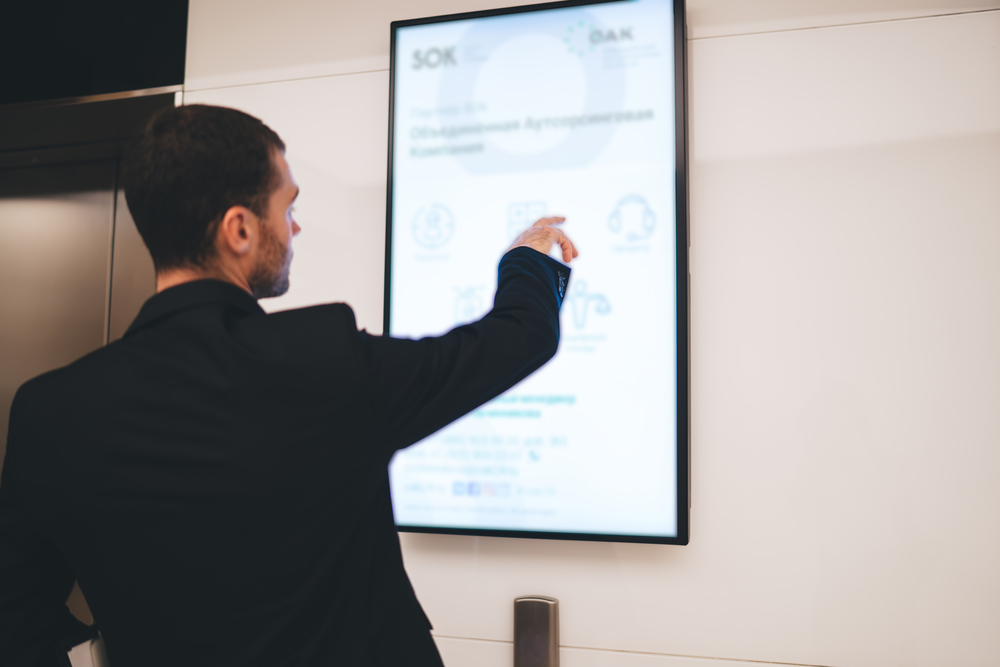How Trial Presentations Can Help Strengthen a Stronger Case for Your Client
Just How Effective Trial Discussions Can Win Your Situation
The performance of trial presentations is usually ignored, yet they play a critical role in shaping juror understandings and affecting instance outcomes. As we check out the elements that add to a compelling trial presentation, the concern continues to be: what particular methods can lawyers employ to ensure their message not just reverberates yet also forces activity?

Understanding Your Audience
Comprehending your target market is vital for delivering a reliable trial presentation. Recognizing who will certainly be present in the court-- jurors, courts, and opposite advise-- enables you to customize your message in such a way that resonates with them. Each team has distinct assumptions, predispositions, and histories, which can dramatically influence their understanding of the case.
For jurors, it is necessary to think about demographics, life experiences, and cognitive prejudices. Jurors may come from different careers and social backgrounds, impacting their interpretation of evidence and disagreements. Engaging with them with relatable examples and clear, simple language can promote far better understanding and compassion.
Juries, on the various other hand, focus on lawful criteria and step-by-step honesty. Discussions need to be succinct and grounded in the law while respecting court etiquette. Recognizing the court's choices and past rulings can further boost your method.
Effective communication depends upon acknowledging these differences and readjusting your discussion style accordingly (trial presentations). By anticipating the audience's responses and resolving their worries, you can produce a more influential story that mesmerizes attention and advertises desirable results
Crafting a Compelling Story
A well-crafted story acts as the backbone of a reliable trial presentation, leading the target market through intricate details while evoking psychological actions. This narrative needs to begin with a clear and engaging intro that sets the phase, detailing the essential themes and concerns at stake. Developing a relatable lead character-- commonly the client-- can develop a personal link with the jury, attracting them into the tale.
The body of the narrative need to present the realities in a logical series, weaving together proof and testimony to construct a cohesive debate. Each piece of details must support the overarching motif, strengthening the preferred message without overwhelming the audience with unneeded information. Shift phrases can be especially powerful, helping to preserve circulation and keep the jury involved.
Ultimately, the final thought should resonate emotionally, summing up the case's value and prompting the jury to take activity through their verdict. By crafting a compelling narrative that is both structured and mentally resonant, attorneys can properly communicate their case's benefits, making it easier for jurors to recognize and remember the vital points long after the test wraps up. This strategy not just informs but also convinces, boosting the likelihood of a positive end result.
Making Use Of Aesthetic Aids Effectively

Aesthetic help play a crucial role in enhancing test discussions, changing intricate information right into easily accessible details that jurors can conveniently understand. By using charts, graphs, representations, and multimedia aspects, attorneys can clear up elaborate points and keep jurors' attention. Visual aids help with the understanding of evidence, making abstract ideas substantial and relatable.
When picking aesthetic help, significance and simpleness are vital. Each aesthetic must directly sustain the situation narrative and reinforce vital disagreements without overwhelming the viewer. Overly intricate learn the facts here now visuals can interfere with the message, causing complication instead than clearness.
Furthermore, the strategic placement of YOURURL.com aesthetic aids during discussions is crucial. They must be presented at essential minutes to emphasize essential proof or to show significant adjustments or fads. This timing enables jurors to process details efficiently, enhancing retention and recall throughout deliberations.
Furthermore, it is essential to guarantee that visual help are technologically compatible with the court room atmosphere. Knowledge with the devices and a backup strategy can avoid technological glitches that could interrupt the circulation of the presentation. In recap, efficient usage of visual help can considerably reinforce a trial discussion, leading to a more powerful connection with the court and an extra convincing instance generally.
Involving Feeling and Empathy
While providing accurate proof is essential, interesting emotion and empathy in trial presentations can greatly influence jurors' assumptions and choices. Jurors are not just decision-makers; they are humans that react to narratives that resonate on a personal degree. By weaving psychological components into the presentation, attorneys can produce a link that goes beyond plain statistics and legal lingo.
Storytelling is a powerful tool in this browse this site context. By providing the instance as a story that highlights the human influence of the occasions in question, attorneys can evoke feelings of compassion, rage, or even are afraid - trial presentations. These emotions can substantially persuade jurors, making them more probable to understand with the complainant or offender

Ultimately, a test discussion that effectively engages feeling and compassion can produce an engaging argument that resonates deeply, leading jurors to really feel a personal stake in the instance, thereby boosting the chances of a desirable decision.
Exercising Distribution Methods
Involving emotion and empathy lays a solid foundation for trial discussions, yet the effectiveness of these aspects hinges on the shipment methods used by the attorney. Grasping delivery methods is necessary for ensuring that the message resonates with the court. This entails practicing tone, pace, and body language to enhance integrity and link with the target market.
Rehearsing the presentation multiple times allows attorneys to refine their style and identify locations for renovation. Recording technique sessions can provide valuable understandings right into one's nonverbal hints and vocal inflections, helping to eliminate distracting behaviors. In addition, obtaining responses from peers can highlight staminas and weaknesses, directing further improvement.
Reliable use of pauses can also be an effective method; they allow the court to soak up important info and heighten psychological effect. Attorneys should additionally be conscious of eye get in touch with, as it promotes trust and engagement with jurors.
Inevitably, the combination of practiced distribution strategies and the emotional resonance of the discussion can substantially affect the jury's perception, producing a compelling instance that sticks out in their minds. The power of well-executed delivery can not be overemphasized in the pursuit of a desirable decision.
Conclusion
In recap, effective test presentations are essential in influencing juror choices. A comprehensive understanding of the target market, coupled with an engaging narrative, cultivates interaction and understanding of complex concerns. The calculated use visual help improves quality, while emotional vibration cultivates compassion and link. Understanding shipment strategies even more intensifies these aspects, ultimately adding to a persuasive instance discussion. By integrating these parts, attorneys can dramatically enhance the chance of accomplishing a favorable judgment.